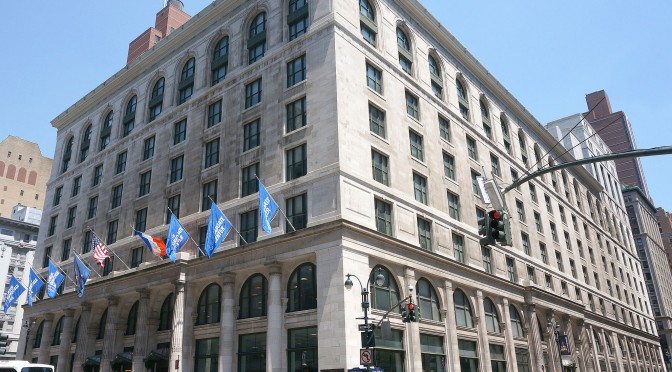What’s the future of CUNY? To understand what might come, it helps to look at what’s passed. How did CUNY become what it is today? What’s at stake in preserving an autonomous CUNY?
An editorial by the Editorial Board of the New York Times today starts to tell the story, and does so by citing Murphy Consortial Faculty Member Steve Brier’s book, co-authored with Michael Fabricant, “Austerity Blues: Fighting for the Soul of Public Education”:
As the City University professors Stephen Brier and Michael Fabricant explain in their forthcoming history, “Austerity Blues: Fighting for the Soul of Public Higher Education,” Nelson Rockefeller, who essentially built the state’s public higher education system, wanted to absorb New York City’s colleges into the state university system at the beginning of the 1960s.
The proposal met fatal resistance from alumni, business leaders and education officials who had great affection for the city system. They understood the city to be different from the rest of the state, in civic and cultural terms, and considered free tuition essential to much of its population. (Mr. Rockefeller had also proposed charging tuition in exchange for state aid.) The merger idea was dropped, and the city system — renamed The City University of New York in 1961 — remained independent, even though it would receive state support.
The state Legislature took the same view. It gave the state formal control of the city system while recognizing fundamental differences: on the one hand, a loose federation of 64 campuses scattered about the state; on the other, a city system described in state law as an engine of advancement for the poor and disadvantaged and having “the strongest commitment to the special needs of an urban constituency.”
Read the full editorial at NYTimes.com.
Photo by Alex Irklievski (Alex Irklievski) [Public domain], via Wikimedia Commons



